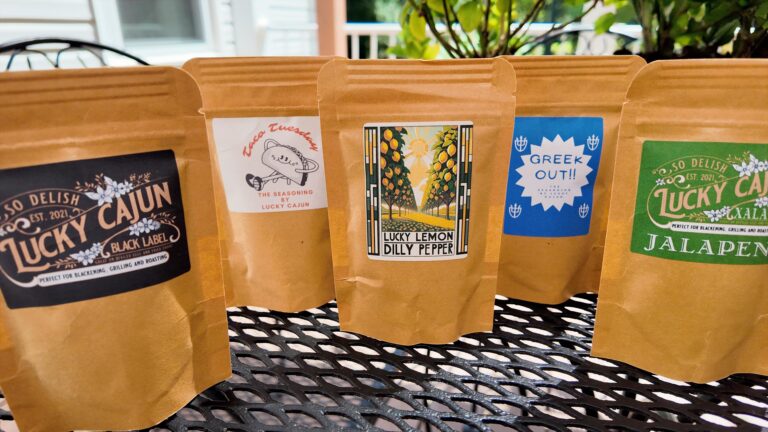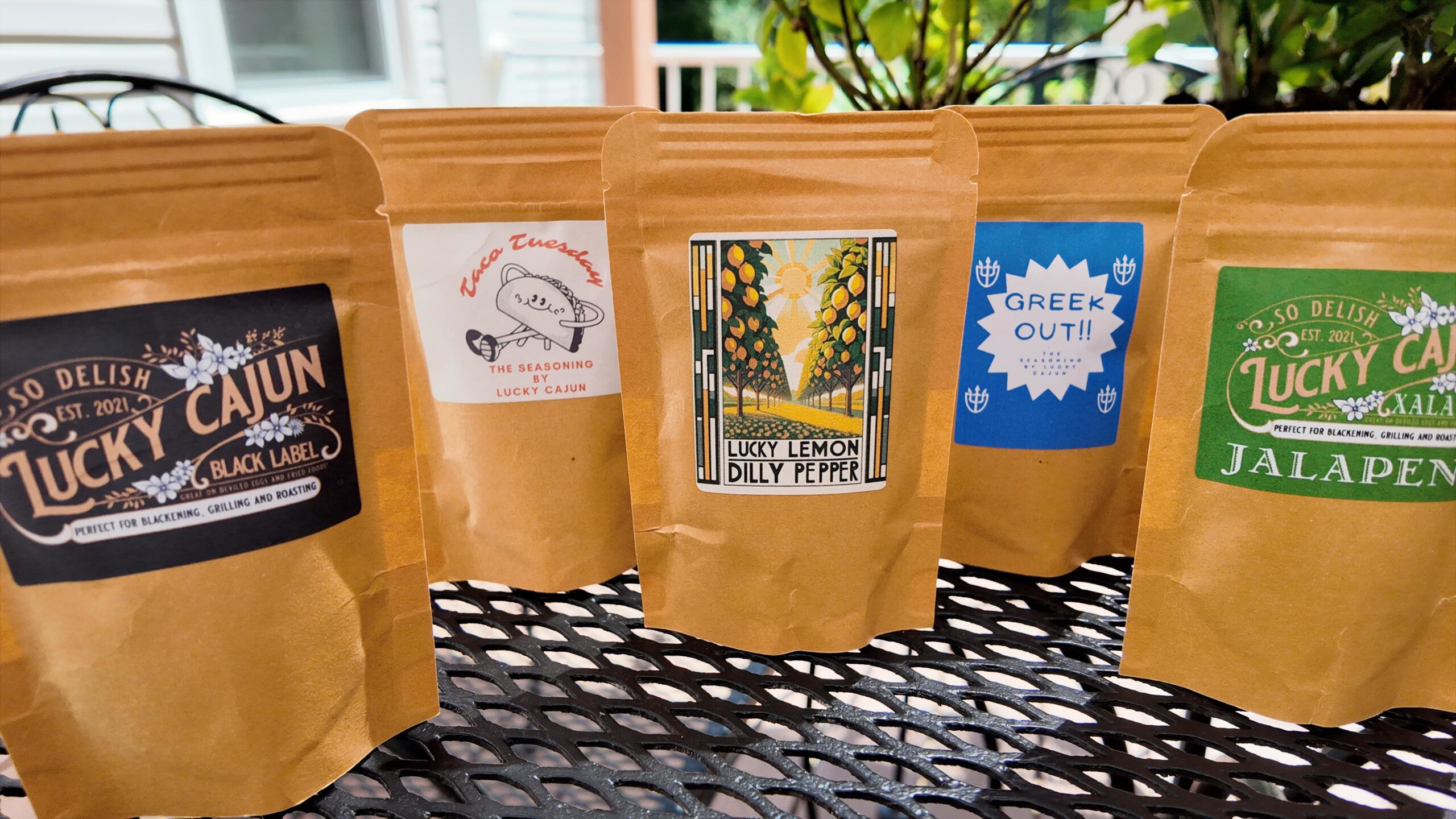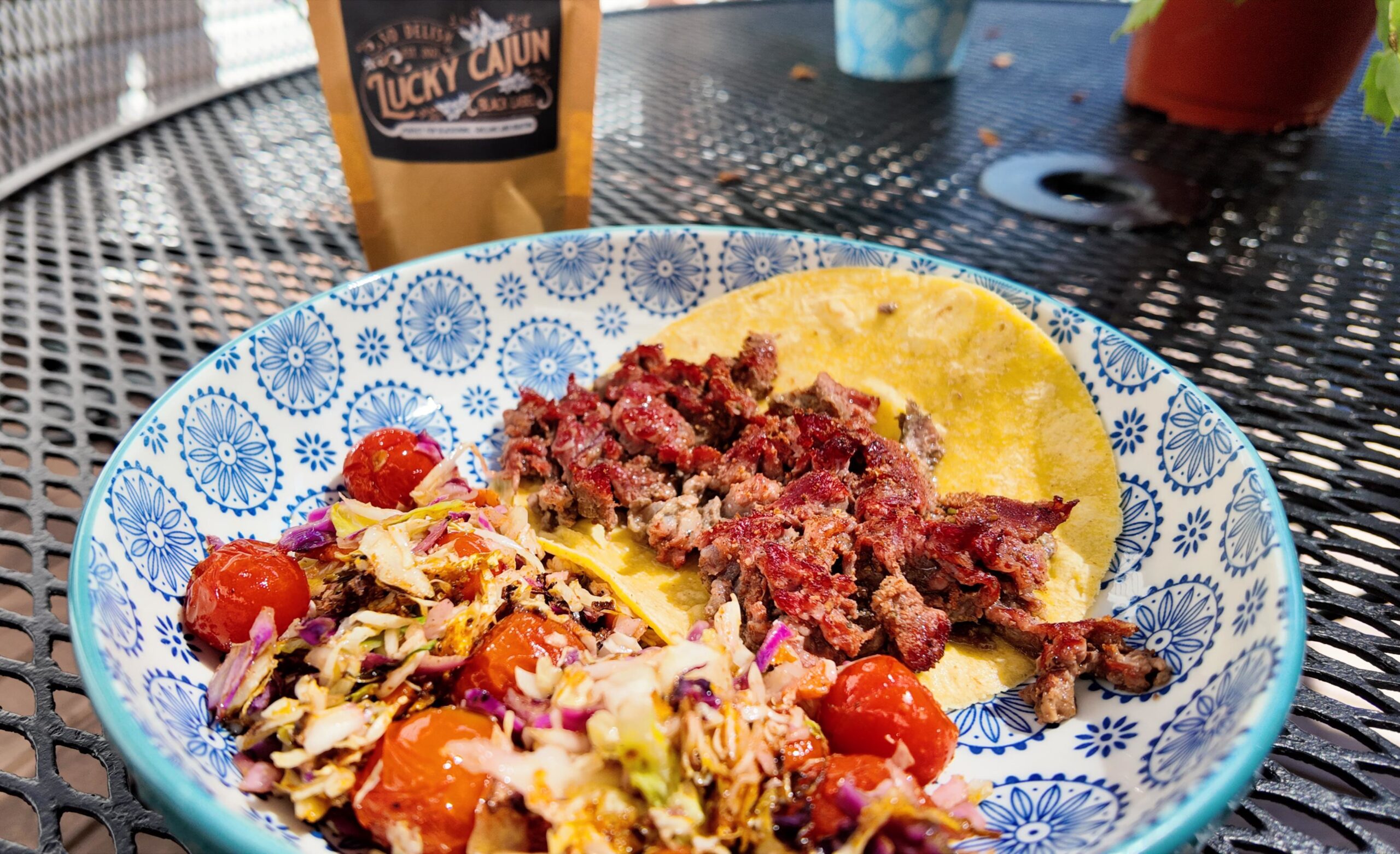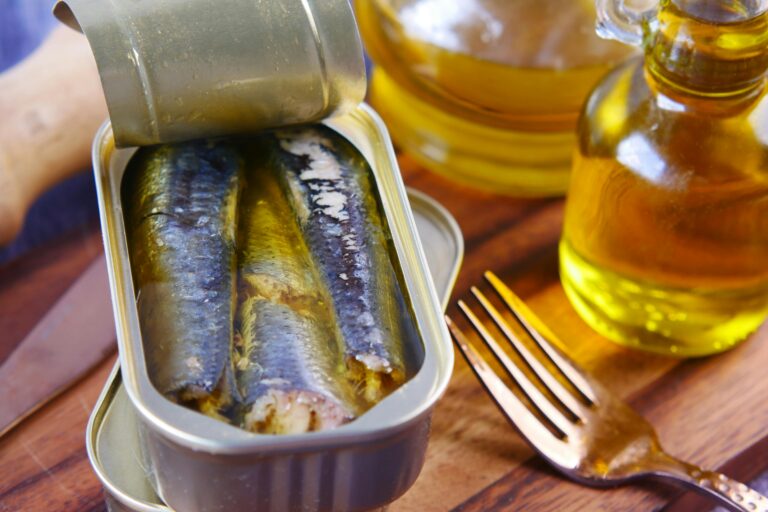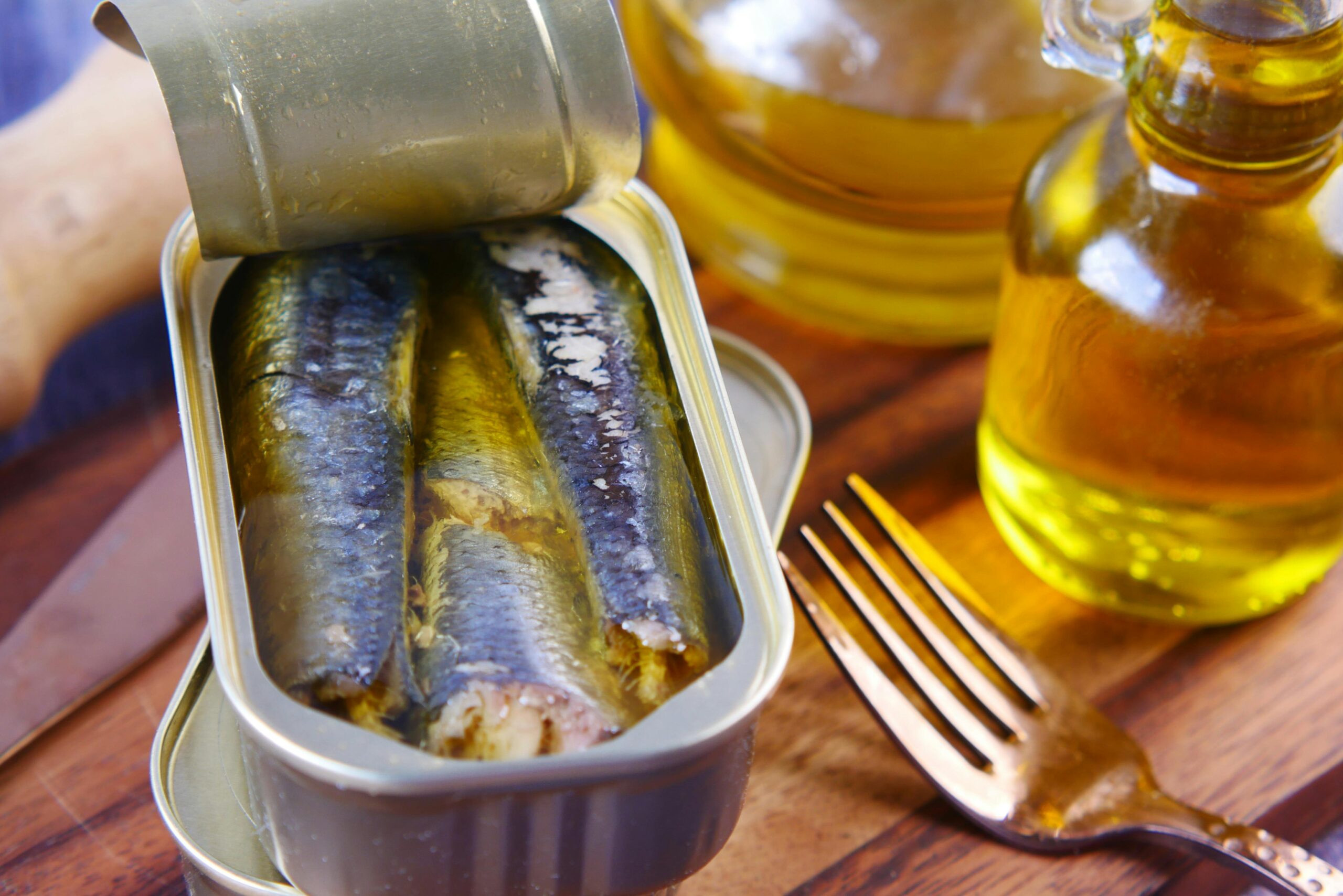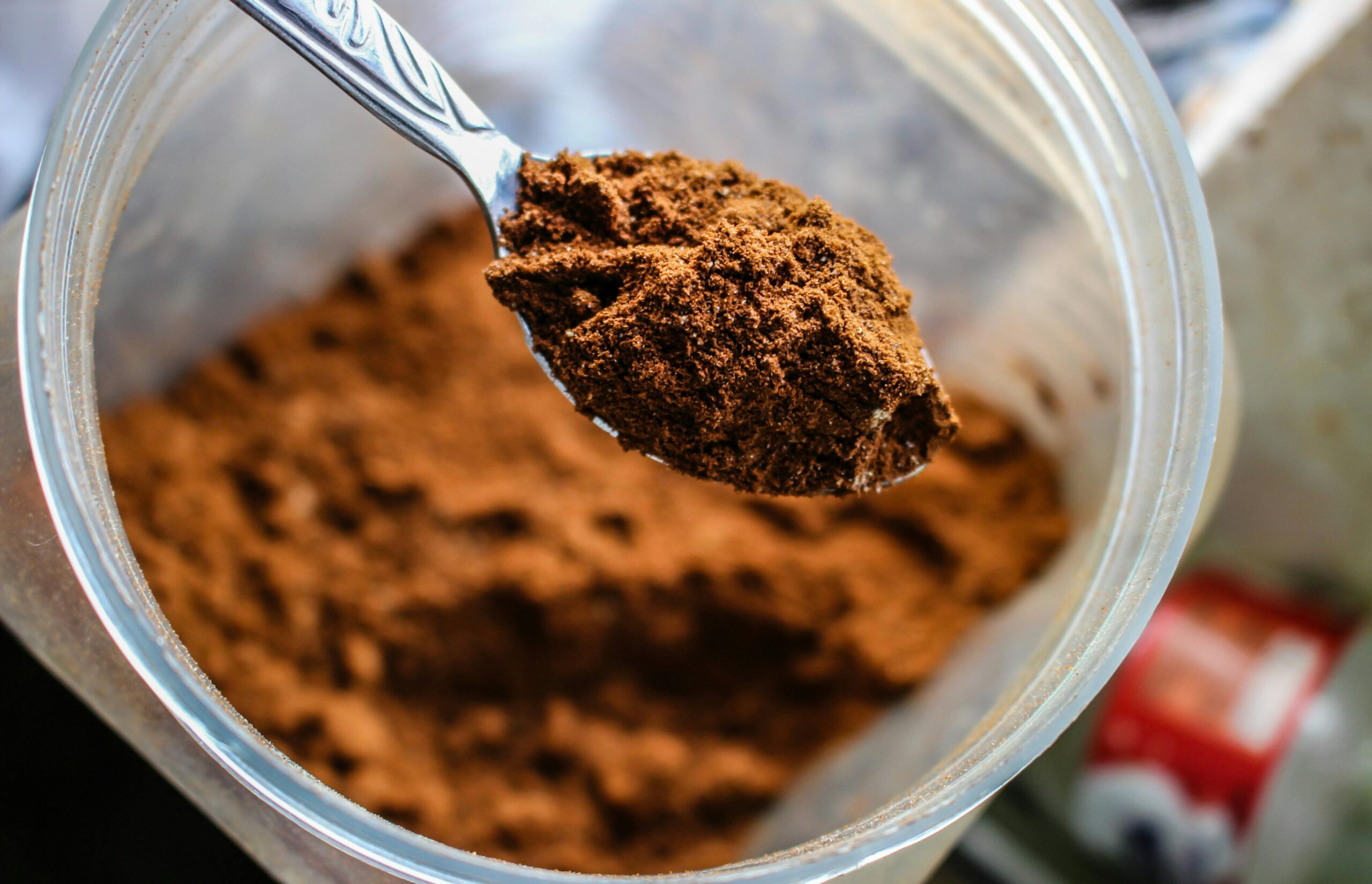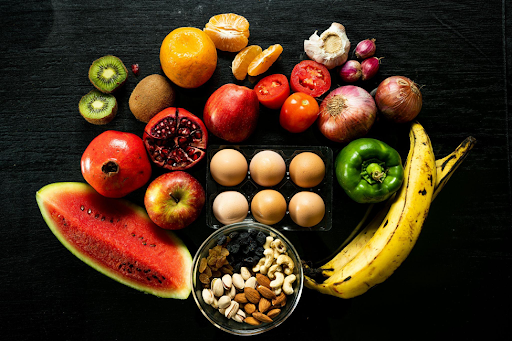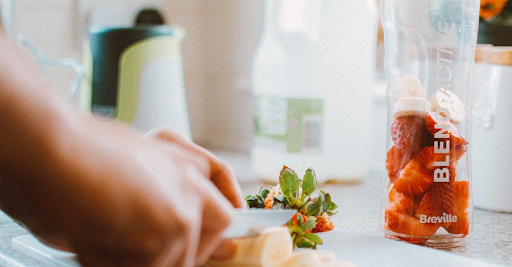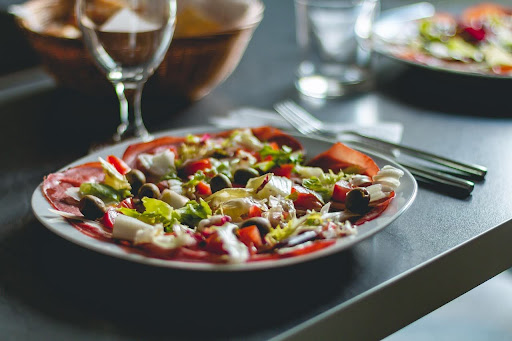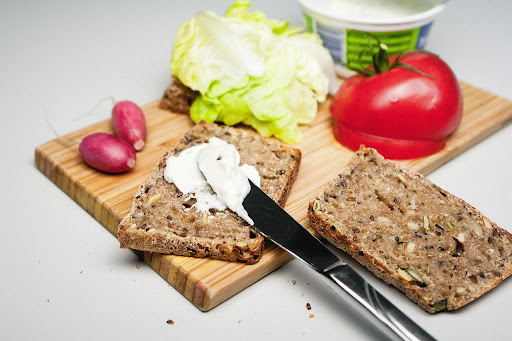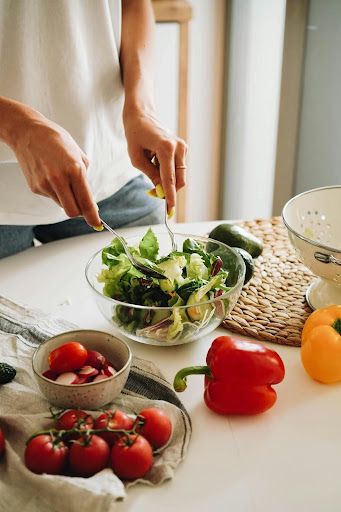
When you’re vacationing in the Great Smoky Mountains, whether to celebrate an anniversary or simply to enjoy some uninterrupted quality time with your partner, a dinner date takes on a whole new meaning. There’s something especially romantic about preparing a meal together in the privacy of a cabin or condo tucked into the rolling hills. No need for busy restaurants or fancy reservations—just the two of you, a beautiful view, and a kitchen to make it all happen.
With most Smoky Mountain rentals offering full kitchens and cozy dining spaces, creating your own dinner for two is not just possible—it’s part of the charm.
This article will guide you through meal prep ideas that are perfect for your stay.
Set the Mood: Planning Ahead for a Cozy Cabin Dinner
The key to a great evening isn’t just the meal—it’s the atmosphere. When you plan a dinner in your Smoky Mountain cabin, give yourselves enough time to slow down and enjoy the moment. Choose a night in advance so you’re not scrambling after a long day of hiking or sightseeing. Make sure your space feels welcoming. If the cabin has a fireplace or outdoor deck, use it to your advantage. If you’re driving to your rental, pack a small bag with basic cooking supplies like seasonings, oil, or a wine opener—just in case your cabin isn’t fully stocked.
Taste of the Smokies: Sip on Muscadine Wine
No romantic dinner is complete without the perfect bottle of wine, and in the Smokies, Muscadine wine is a must-try. You can pick up a bottle from Tennessee Homemade Wines in Gatlinburg or Sevierville. This local winery specializes in small-batch wines crafted with southern roots and bold flavor. So, what is muscadine?
Muscadine grapes, which grow naturally in the southeastern United States, are packed with antioxidants and are known for their deep, fruity character. The wine is often sweet and rich, making it a great pairing for hearty dishes or light appetizers. Try serving it slightly chilled alongside cheese, fruit, or a simple meat and pasta dish. Not only does it taste great, but it also gives your dinner a local touch.
Keep It Simple: One-Pan Meals That Impress Without the Stress
Vacation cooking doesn’t have to be complicated. In fact, the simpler the better. One-pan meals are your best friend in a cabin kitchen because they save time, reduce cleanup, and let you focus on the experience. A cast iron skillet is perfect for dishes like garlic butter shrimp and vegetables, chicken and rice, or even rustic-style lasagna. Ingredients can be picked up from a local grocery store. These meals offer warmth and flavor without requiring too much effort, letting you stay relaxed and in the moment.
Local Flavor: Cook with Ingredients from Farmers’ Markets
One of the best parts of staying in the Smokies is the access to fresh, local ingredients. Before your dinner night, stop by a farmers’ market in Gatlinburg or Sevierville. You’ll find homemade jams, artisan cheeses, local meats, and seasonal produce that can turn a basic meal into something full of character. Pick up mountain honey to drizzle on roasted vegetables, or grab some stone-ground grits to serve with shrimp. Using local ingredients not only supports small businesses, it also gives your meal an authentic Southern flavor that’s hard to find anywhere else.
Share the Prep: Turn Cooking Into Part of the Date
Cooking together isn’t just about the result—it’s about the experience. Splitting the work makes it easier and more fun. One of you can handle chopping while the other stirs, or maybe one sets the table while the other keeps an eye on the oven. Sharing the process builds connection and gives both of you a sense of contribution. If you’re feeling adventurous, try a recipe that’s new to both of you. Even if it doesn’t turn out perfect, the process of figuring it out together can become one of the best memories of your trip. Make sure to pour a glass of wine while you cook, take your time, and enjoy the rhythm of working side by side.
Cabin-Friendly Tools: What to Bring or Buy
Most Smoky Mountain rentals come with basic kitchen gear, but it’s smart to bring a few items to make the cooking process smoother. A sharp knife can make a huge difference, especially if you’re preparing vegetables or meat. A non-stick skillet or cast-iron pan is perfect for one-pan meals and desserts. A corkscrew is essential if you’re bringing wine, and a small cutting board never hurts. Some people also pack their favorite seasonings or a small bottle of olive oil to avoid buying full-sized versions at the store.
Sweet Treats: Easy Desserts You Can Whip Up in a Cabin
Finish the night on a sweet note with a dessert that’s easy but satisfying. You don’t need a full pantry to make something memorable. Bake store-bought cookie dough for gooey, warm cookies in the oven. If your cabin has a fire pit or fireplace, bring along marshmallows, chocolate, and graham crackers for s’mores. For something a little more Southern, try making a simple peach cobbler in a skillet—just canned peaches, cinnamon, and a biscuit topping will do the trick. Pair it with ice cream if you have a freezer, or just enjoy it warm as-is.
Easy Cleanup = More Time to Relax
Nobody wants to spend vacation time scrubbing dishes. That’s why planning for a quick cleanup is just as important as the meal itself. One-pan dinners make this easier from the start, and using foil to line baking trays or pans can keep cleanup to a minimum. Wash as you go instead of leaving it all for the end—this keeps the kitchen manageable and prevents a pile-up that could ruin the vibe of the night. If you’re really trying to keep things simple, consider bringing a few disposable trays or plates.
The best part about planning your own dinner for two in the Smokies isn’t just the food—it’s the slow, meaningful time you get to spend together. Cooking in your cabin lets you escape the usual routine and enjoy something that feels intimate and intentional. Whether you’re sipping wine from a local winery or enjoying dessert by the fire, the entire evening becomes a story you’ll want to relive. So light a candle, pour a drink, and make something delicious together, making this a night to remember.
